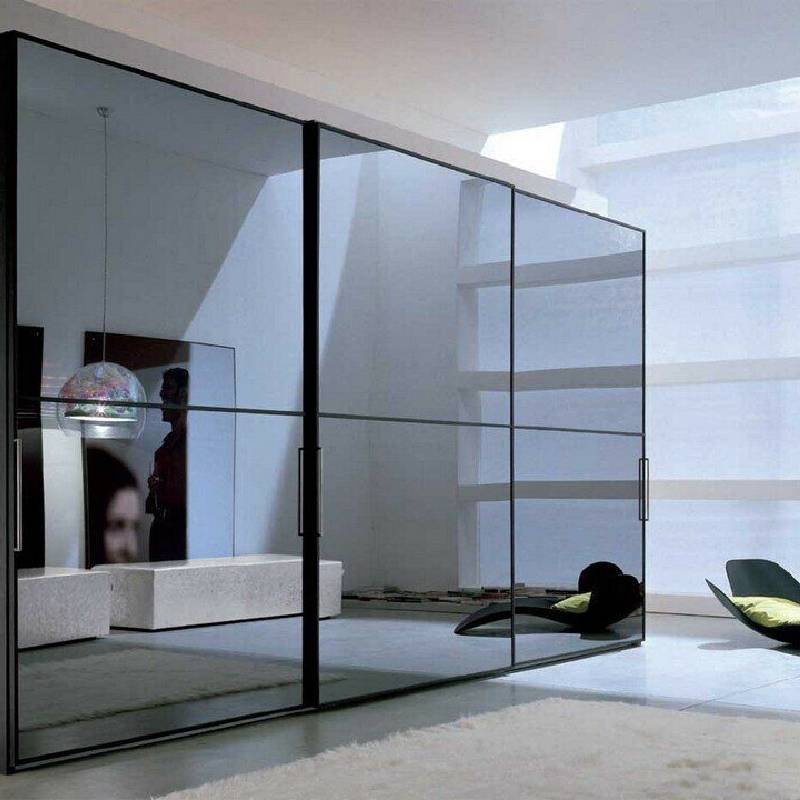

Understanding Tinted Glass Types A Comprehensive Guide
Tinted glass is a versatile and functional material widely used in architecture, automotive applications, and interior design. Its primary purpose is to control the amount of sunlight that enters a space, thereby enhancing comfort, energy efficiency, and aesthetics. Various types of tinted glass offer unique benefits and characteristics, making them suitable for different applications. In this article, we will explore the different types of tinted glass, their applications, advantages, and considerations for choosing the right type for your needs.
Types of Tinted Glass
1. Solar Control Glass Solar control glass is specifically designed to reduce glare and heat gain from the sun. It is treated with a special coating or contains colored materials that absorb or reflect solar radiation. This type of glass is ideal for commercial buildings, offices, and homes in sunny climates, as it helps maintain cooler temperatures indoors and reduces reliance on air conditioning.
2. Reflective Glass Reflective tinted glass features a metallic coating that reflects solar rays, providing excellent glare reduction and privacy. This type of glass is commonly used in high-rise buildings, where aesthetics and energy efficiency are crucial. Reflective glass can significantly reduce energy costs and improve comfort levels in office spaces and residential homes.
3. Low-E Glass Low-Emissivity (Low-E) glass is designed to minimize thermal transmission while allowing natural light to enter. This advanced glass type has a special coating that reflects heat back to its source, making it highly efficient in energy conservation. Low-E glass is increasingly popular in energy-efficient building designs and is also suitable for residential and commercial applications.
4. Dyed Tinted Glass Dyed tinted glass is produced by adding color pigments to the glass during the manufacturing process. This type of glass is available in a variety of colors and shades, allowing for creative design possibilities. Dyed tinted glass is often used in decorative applications, such as stained glass windows or colored partitions in interior spaces. While it provides some heat and glare reduction, it may not offer as much energy efficiency as other types.
5. Laminated Tinted Glass Laminated tinted glass consists of two or more layers of glass bonded together with a transparent interlayer. This type not only provides tinting but also enhances safety and sound insulation. Laminated tinted glass is commonly used in skylights, pool enclosures, and areas where security is a concern. It offers durability and UV protection while maintaining aesthetic appeal.

6. Tempered Tinted Glass Tempered tinted glass undergoes a heating and cooling process that makes it significantly stronger than standard glass. This type is often used for doors, windows, and facades where safety and strength are priorities. The tint can help manage solar heat gain, making it suitable for residential and commercial buildings alike.
Advantages of Tinted Glass
- Energy Efficiency Tinted glass reduces the amount of heat entering a building, leading to lower energy consumption and cost savings. - UV Protection Many tinted glass types provide UV protection, helping to preserve interiors and protect occupants from harmful rays. - Aesthetic Appeal Tinted glass enhances the visual appeal of a building or vehicle, providing a modern and stylish appearance. - Privacy Various tinted glass options offer increased privacy without sacrificing natural light. - Glare Reduction Tinted glass minimizes glare from the sun, making spaces more comfortable for occupants.
Considerations When Choosing Tinted Glass
When selecting tinted glass, it is essential to consider factors such as the intended use, local climate, energy efficiency goals, and aesthetic preferences. Consulting with a professional glazier or architect can provide valuable insights and help ensure you choose the best option for your specific situation.
Also, consider the building's orientation and the amount of sunlight it receives, as this can influence the effectiveness of the tint. Additionally, some building codes may have specific regulations regarding the types of glass used, particularly in commercial properties.
Conclusion
Tinted glass serves a vital role in enhancing comfort, energy efficiency, and aesthetics across various applications. Understanding the different types of tinted glass and their benefits can help you make informed decisions that meet your specific needs. Whether for residential or commercial use, choosing the right tinted glass can significantly improve the quality of your environment while adding to the beauty of your space.